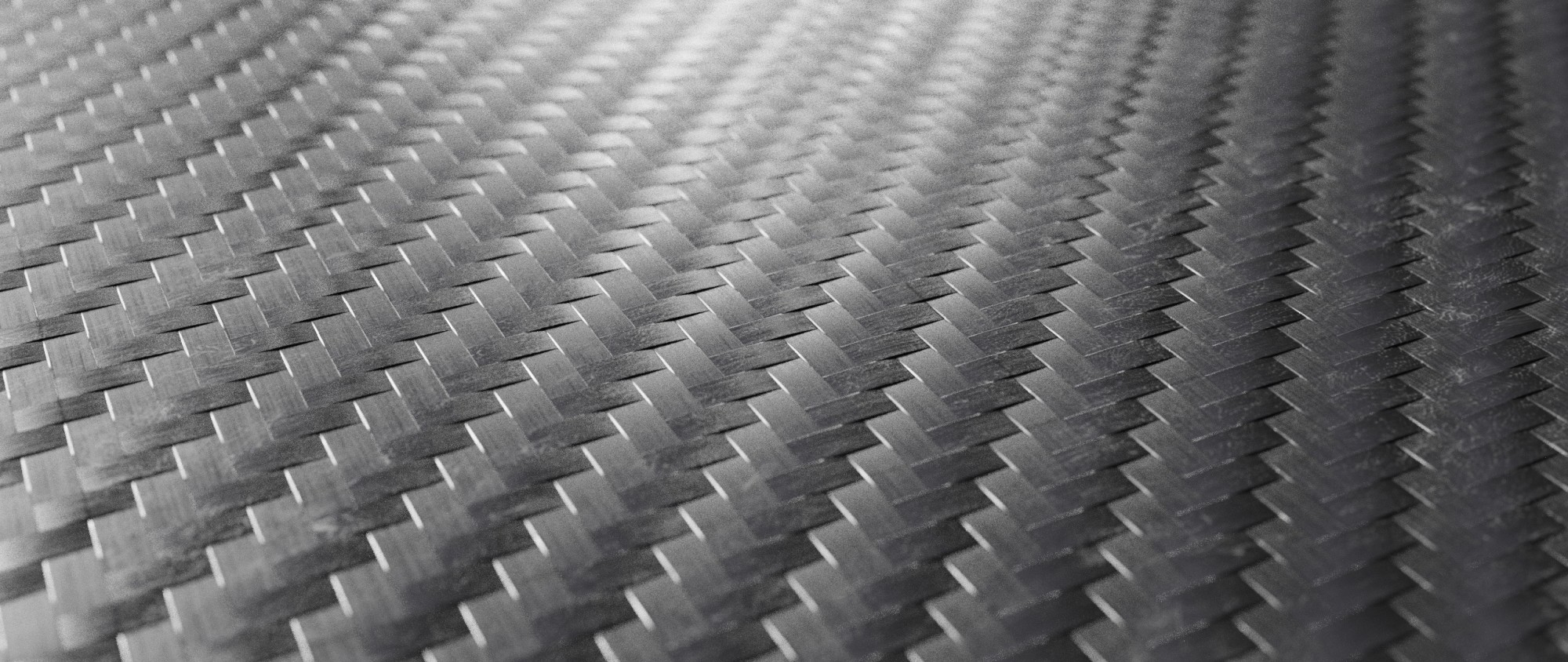
In recent years, the medical industry has discovered several critical ways to utilize carbon fiber products in its field. Many carbon-fiber uses make it a viable contender with metals such as titanium or steel for surgical implants.
For all its uses, however, many medical professionals don’t understand the carbon fiber manufacturing process. As such, they don’t comprehend how it is that carbon fiber can provide them so many benefits.
In this article, we aim to remove the mystery. We’ll briefly explore the process carbon fiber manufacturing companies use to produce this excellent material. Let’s get started!
Where to Begin with Carbon Fiber Manufacturing
Carbon fiber’s manufacturing process is both chemical and mechanical. First, manufacturers begin with the precursor. In chemistry terms, a precursor refers to any chemical that transforms into another substance.
Manufacturers draw the carbon precursor into long fibers, then heat these to an incredibly high temperature. During this time, the fibers must not come into contact with oxygen. This lack of oxygen prevents the material from burning.
Instead, the fiber vibrates at a rapid speed until it removes most of the non-carbon atoms. Manufacturers call this process “carbonization.”
Stabilizing the Fibers
Before the fibers carbonize, carbon fiber makers must chemically alter the fiber to a more thermally stable ladder bonding. Manufacturers do this by heating the fibers to about 390-590 degrees Fahrenheit for approximately 30-120 minutes.
When the fibers reach this temperature, they collect oxygen molecules and rearrange their atomic pattern. Carbon fiber manufacturing companies accomplish this through several differing means. Regardless, each process produces similar results.
Carbonizing the Stabilized Fibers
Once the fibers have stabilized, manufacturers heat them to a temperature ranging from 1,800 to more than 5,000 for several minutes. They heat the carbon in a furnace filled with a non-oxygenic gas mixture. This mixture preserves the fibers from catching fire.
This process further expels non-carbon atoms from the fibers, along with a few carbon atoms. As these atoms leave the fibers, the remaining atoms form tightly bonded carbon crystals.
Treating the Product’s Surface
Once the fibers undergo carbonization, their surface has difficulty bonding with materials used in composites. So, manufacturers allow their surfaces to oxidize slightly. By adding oxygen atoms, the fibers develop better bonding properties.
Once again, the top carbon fiber manufacturers use different methods to achieve this result. Some immerse the fibers in various gases. Others prefer to coat their fibers electrolytically.
The Final Step: Sizing
The final step in the carbon fiber manufacturing process is sizing. At this stage, carbon fiber makers coat the fibers to protect them from damage while they wind and weave.
These coated fibers then become wound onto cylinders. These cylinders get loaded into a machine that twists the fibers into variously sized yarn.
Find The Top Carbon Fiber Manufacturers
As you can see, carbon fiber manufacturing is an intricate process. It requires precision and an effective method to succeed.
If you’re looking for carbon fiber makers you can trust, look into our work! We deal in all manner of composites, including carbon fiber. If you need carbon fiber materials, request a quote today!
